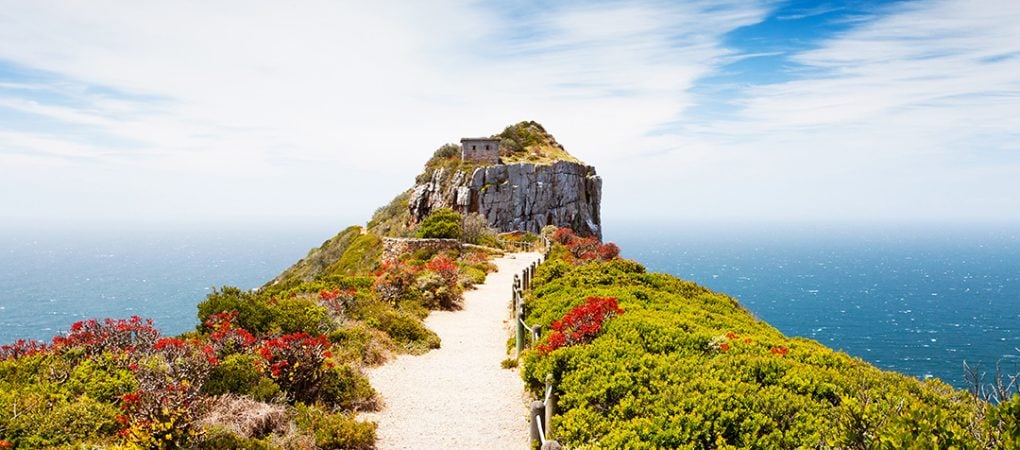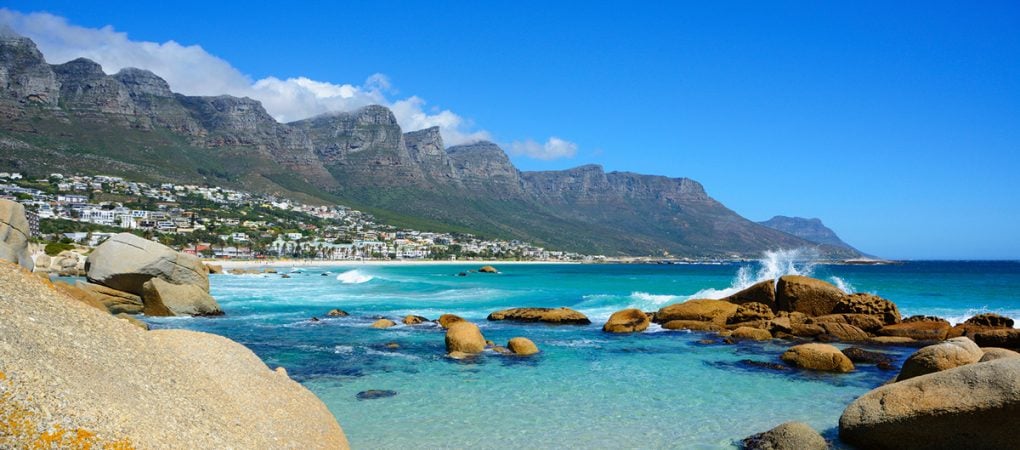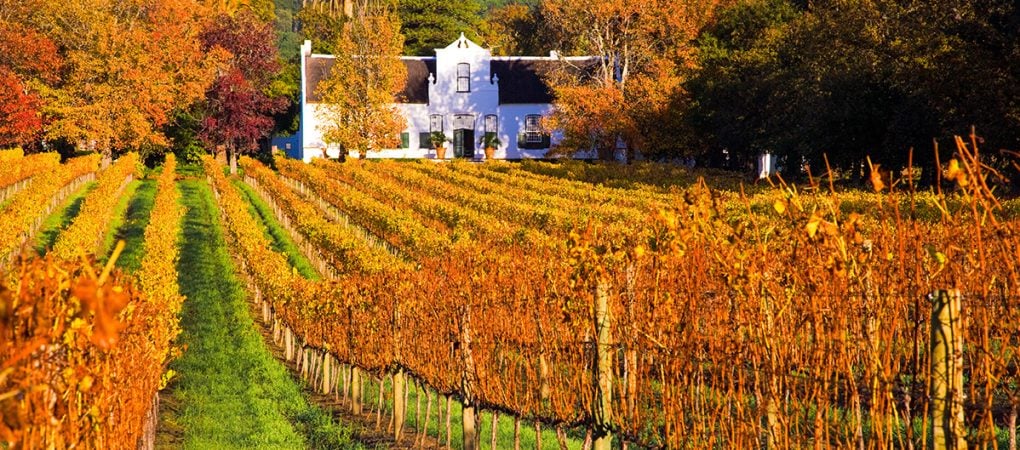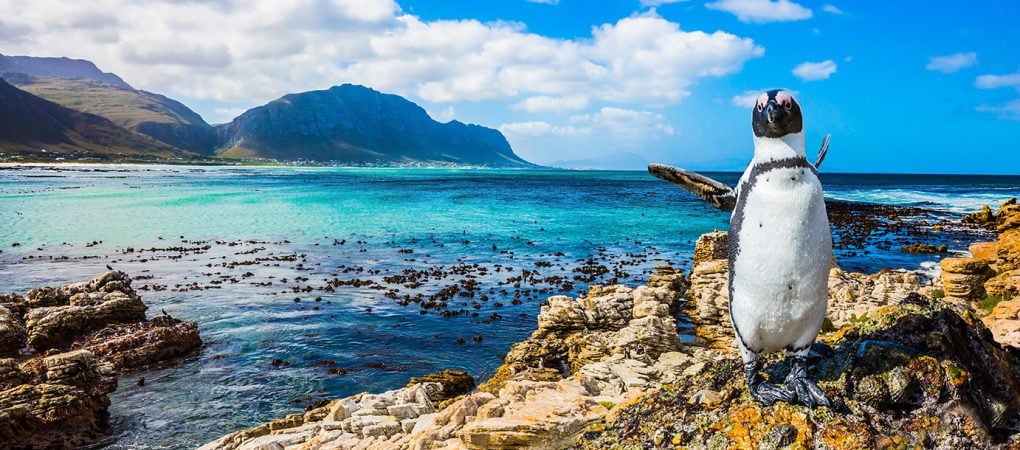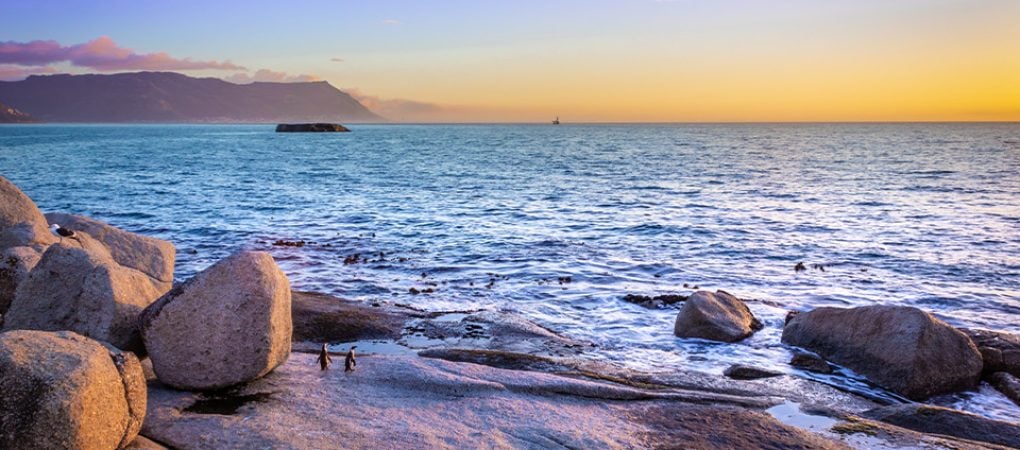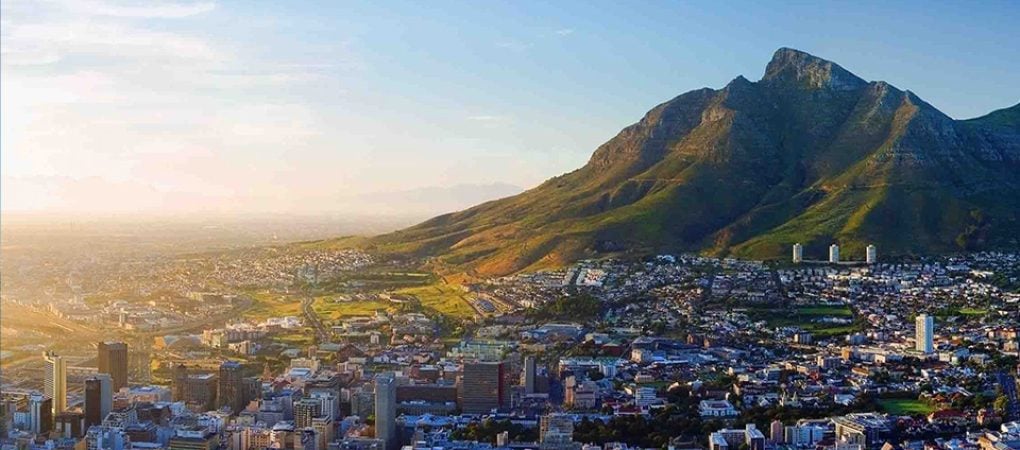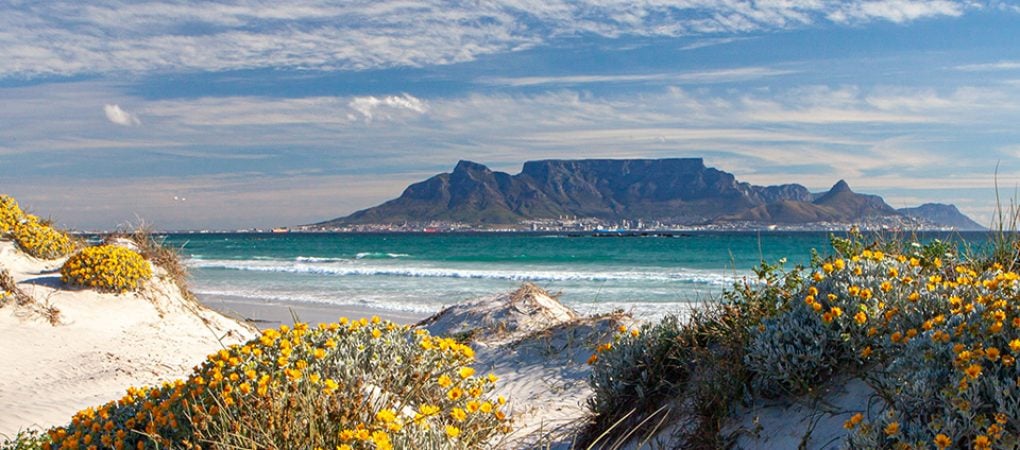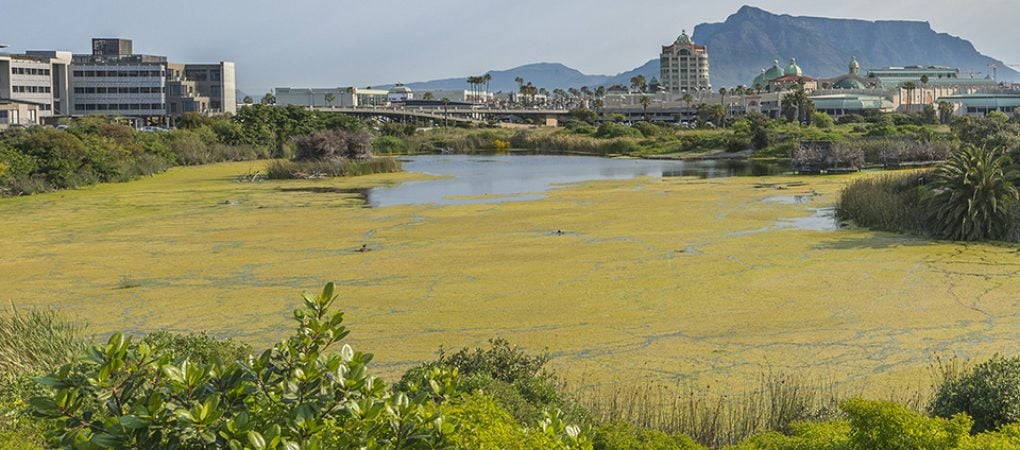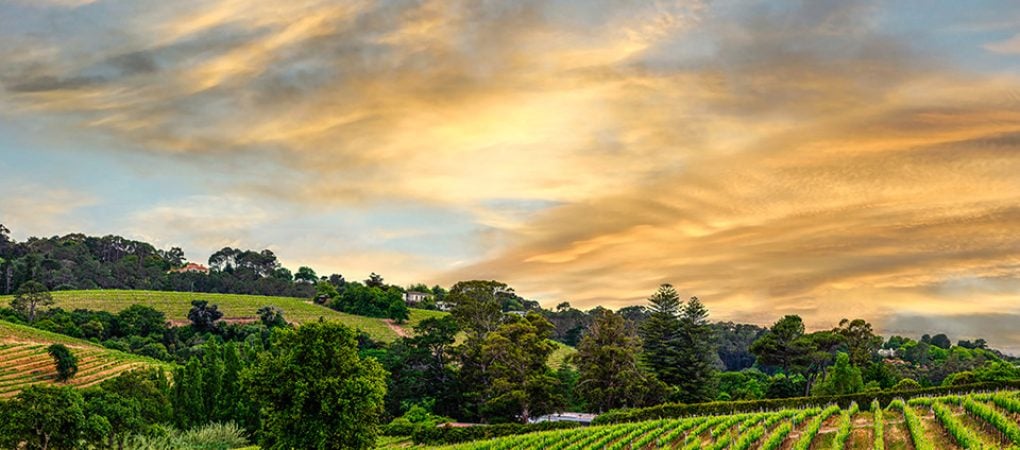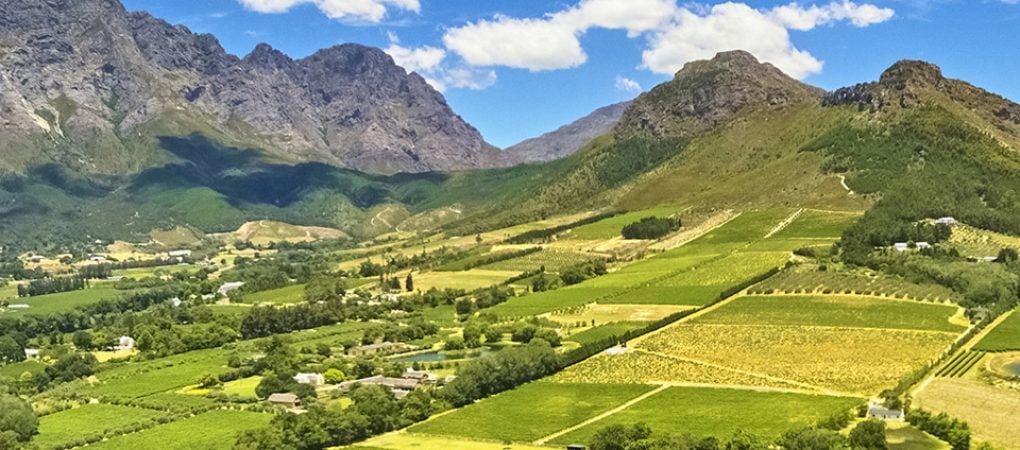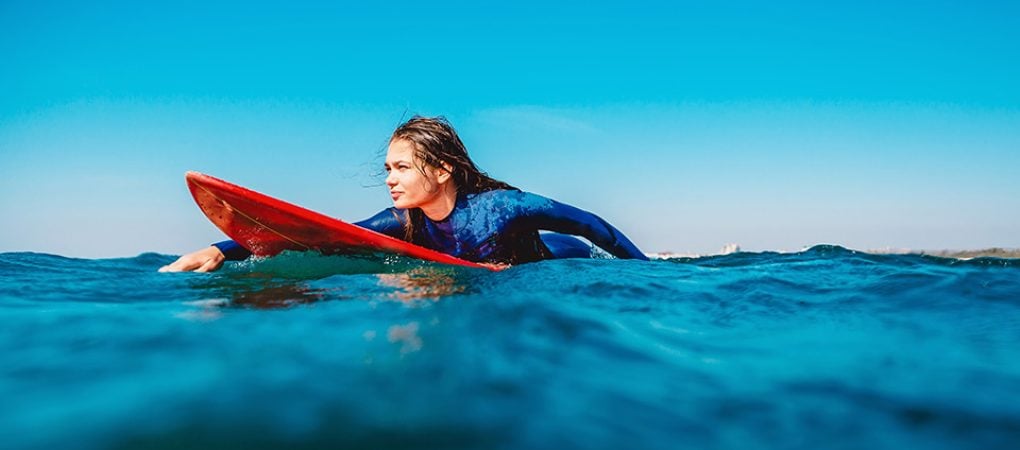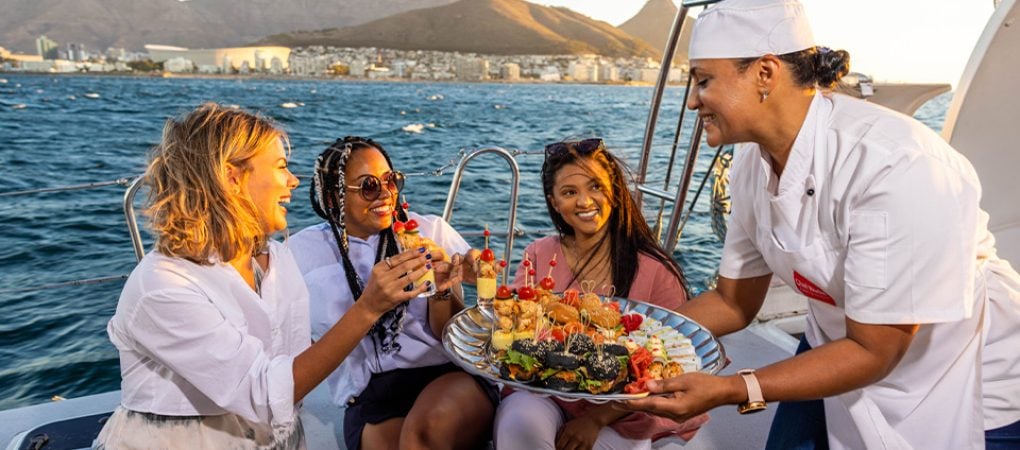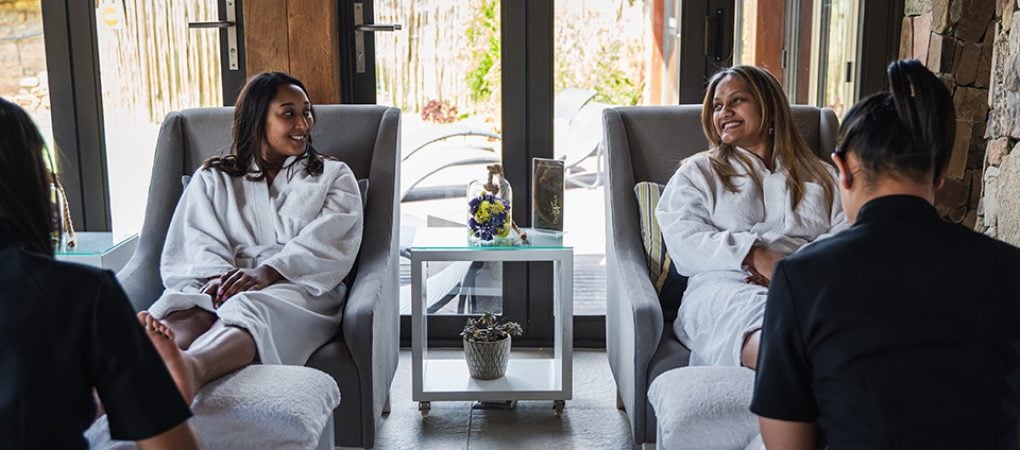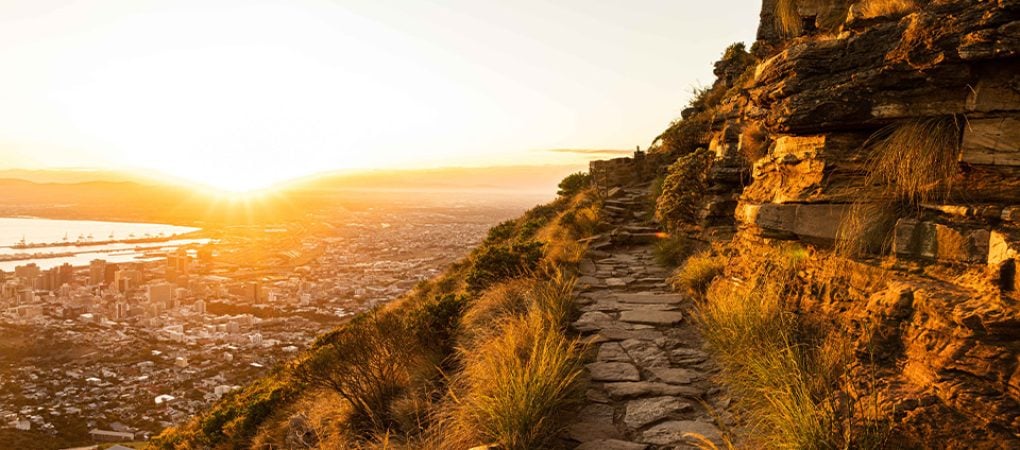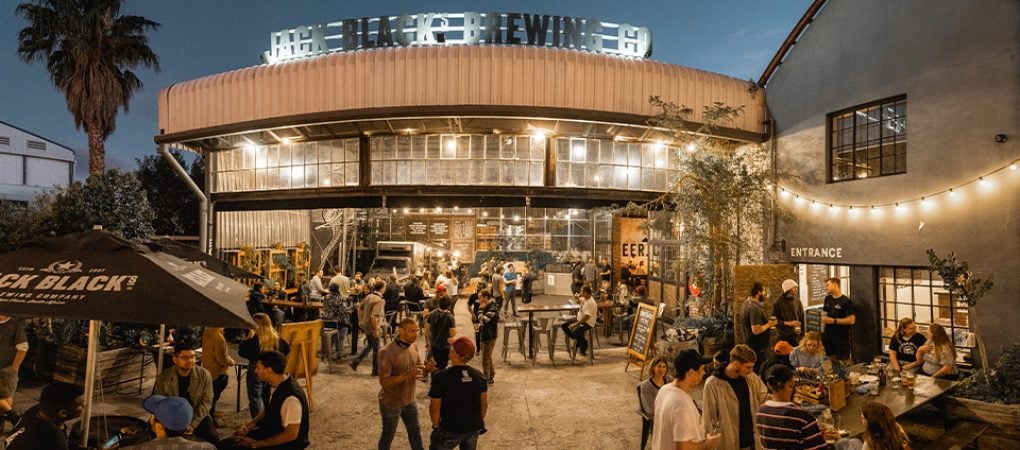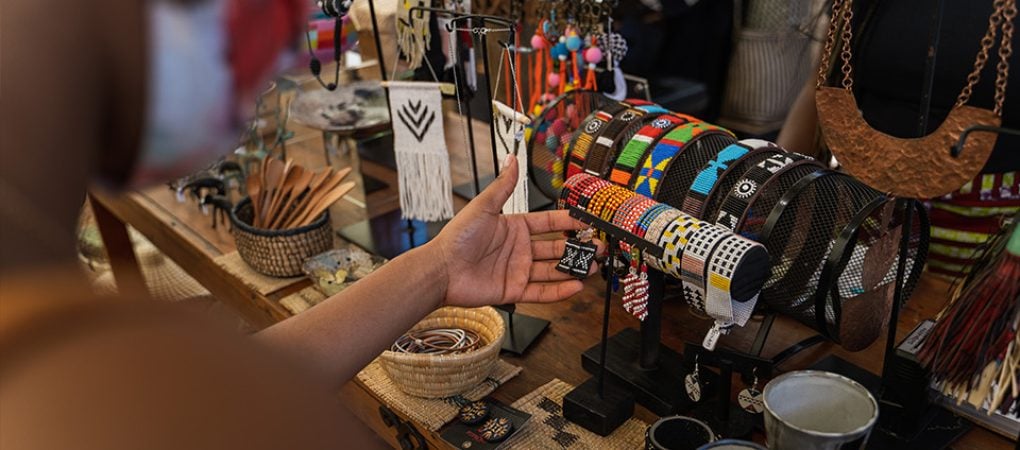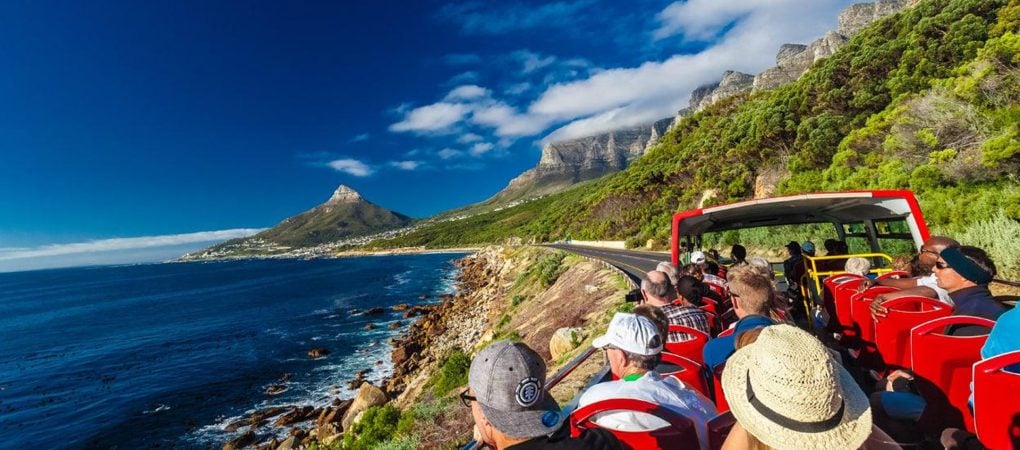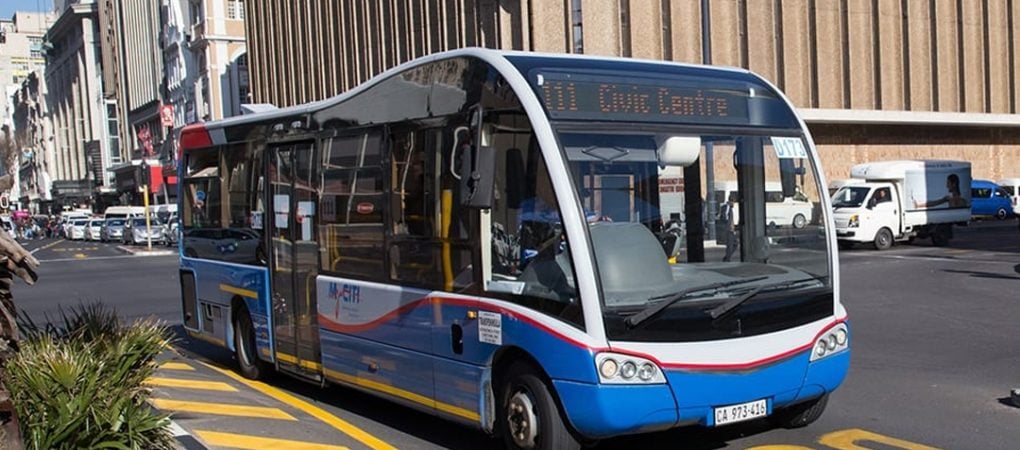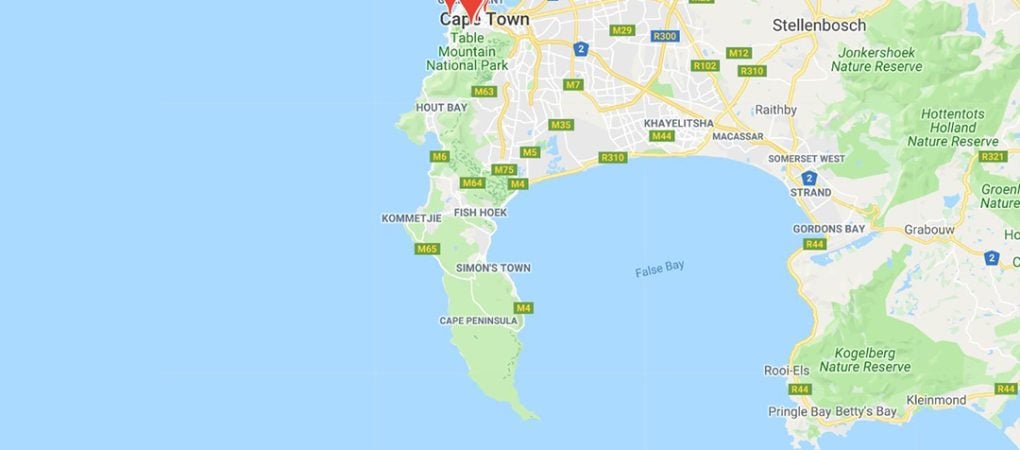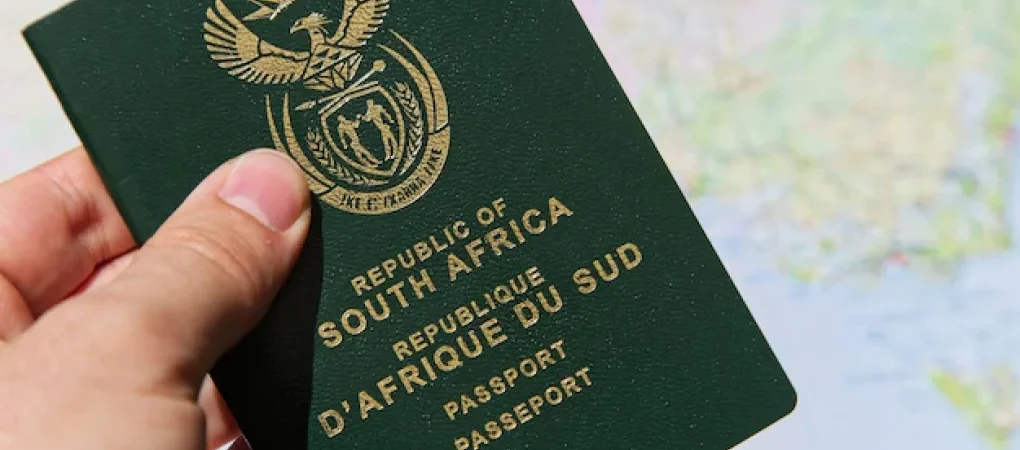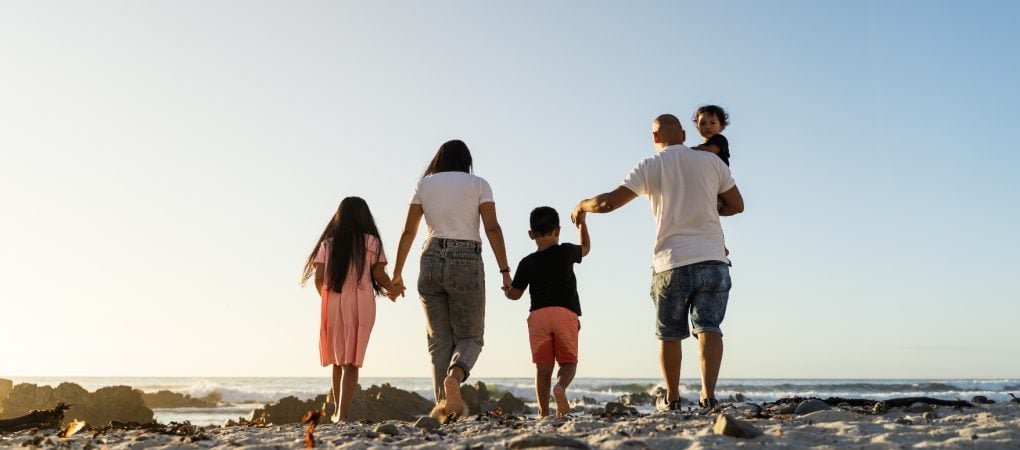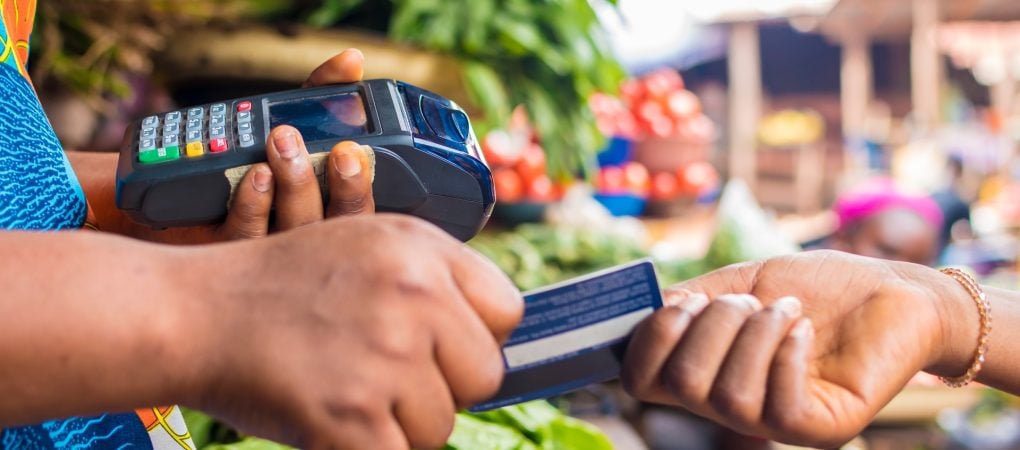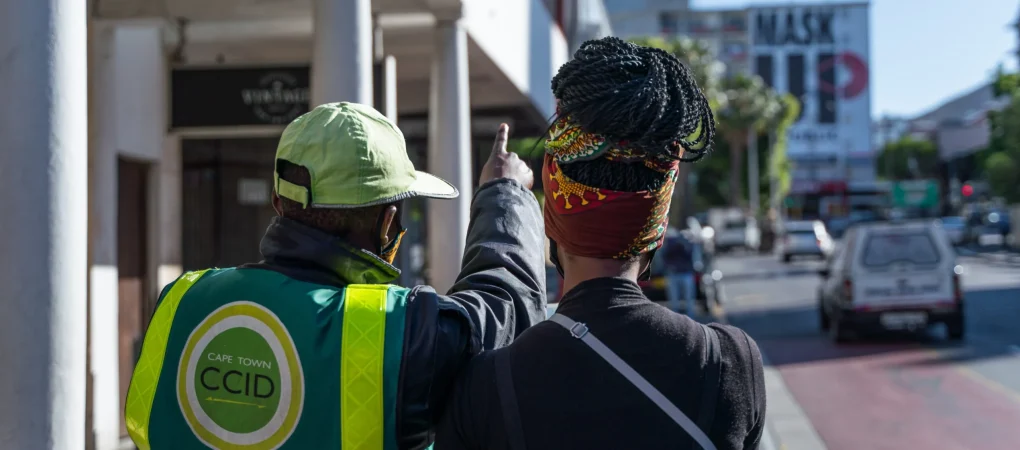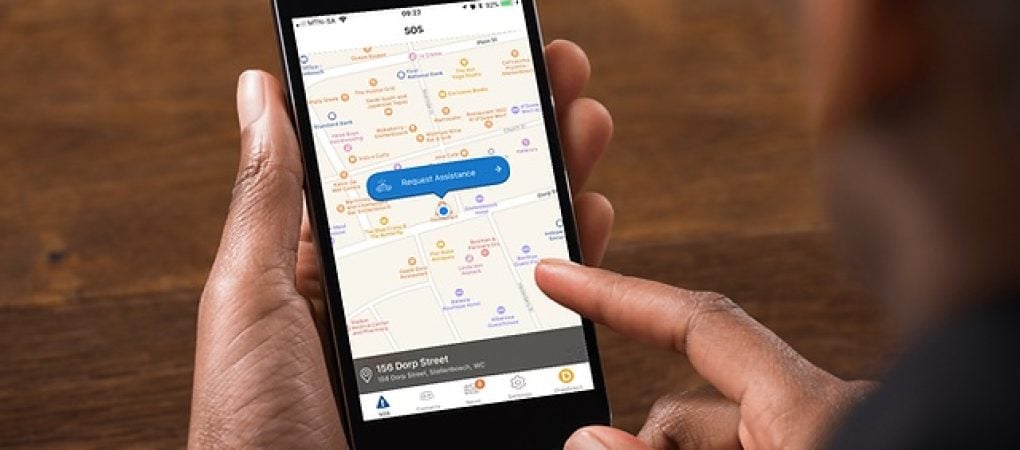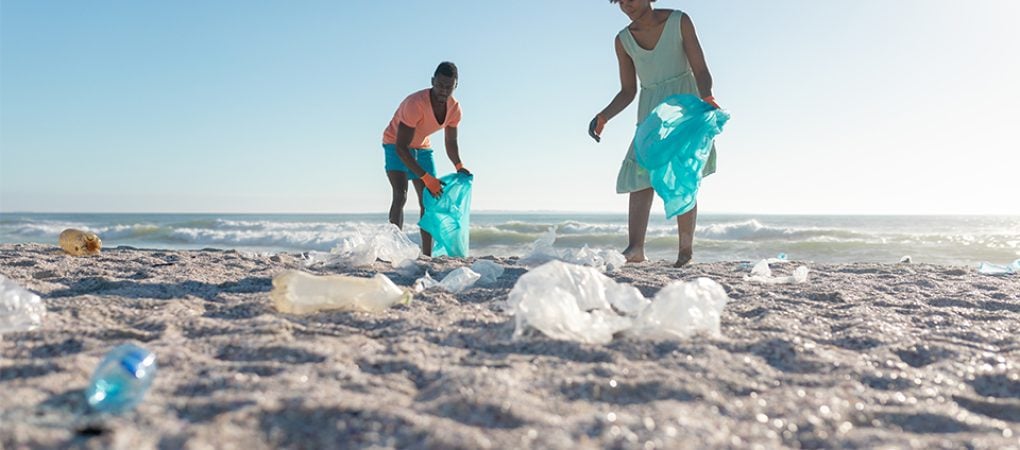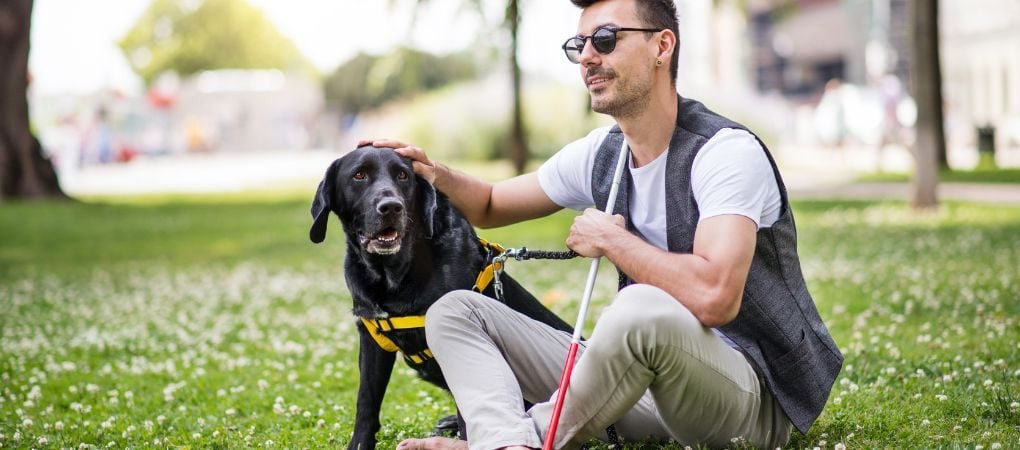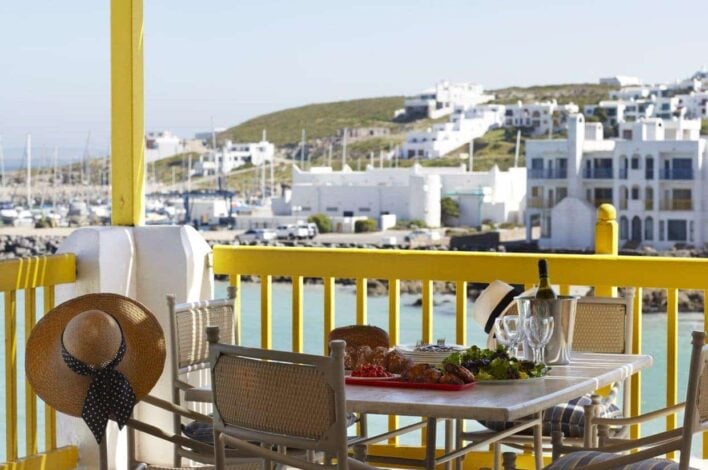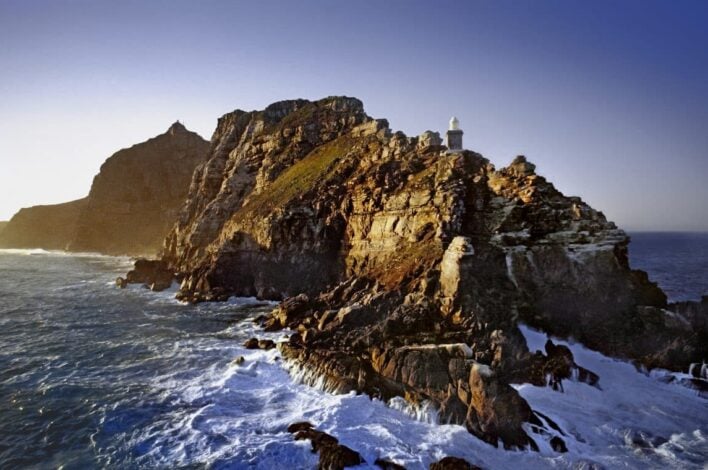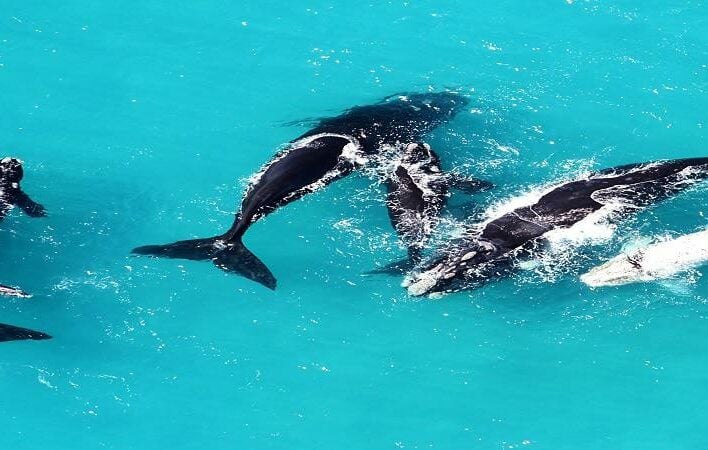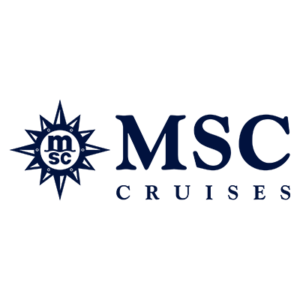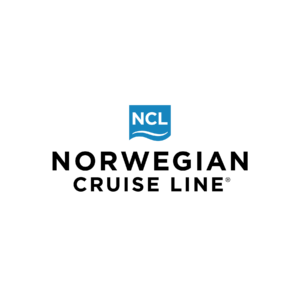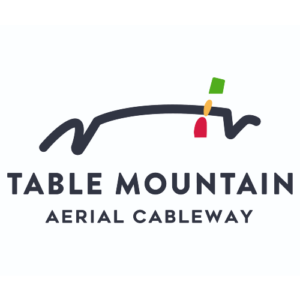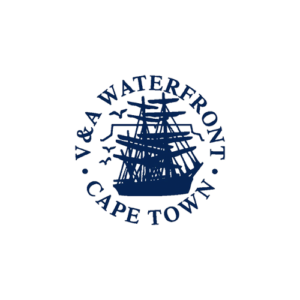Cape Town is a great base from which to explore the stunning surrounds in the rest of the province. Whether you want to go on safari, visit the Cape Winelands, or just take in the amazing scenery the Western Cape has to offer, there’s plenty to see and experience no matter your interests. Here are our five favourite day trips from Cape Town.
Get hold of a City Pass for generous discounts on Cape Town’s top attractions, and rent a car for total freedom to take one of these amazing day trips!

WEST COAST
The West Coast is made up of expansive beaches, fields of wildflowers, tiny fishing villages, and quaint historic towns. There is plenty to see and do, from the incredible fields of wildflowers along the Wildflower Route between August and October to a totally unplugged camping weekend in the mountainous region of the Cederberg. Darling offers craft beers and gourmet lunch food at the local Darling Brewery, while Atlantis is where you’ll find enormous dunes to sandboard down. Visit fishing towns like Paternoster or Saldanha Bay for a relaxing beach-side day trip, or tackle the many mountain biking trails that criss-cross the West Coast National Park. Stop over at Club Mykonos, where you can go jet-skiing or sailing, visit the restaurants and spa, and send the kids to enjoy a huge and colourful play area.
Distance: 1-6 hours, depending where you go
Highlights: A real road-trip feel, wildflowers in spring, quiet beaches, family-friendly fun, local beer and wine
Stay over: Club Mykonos
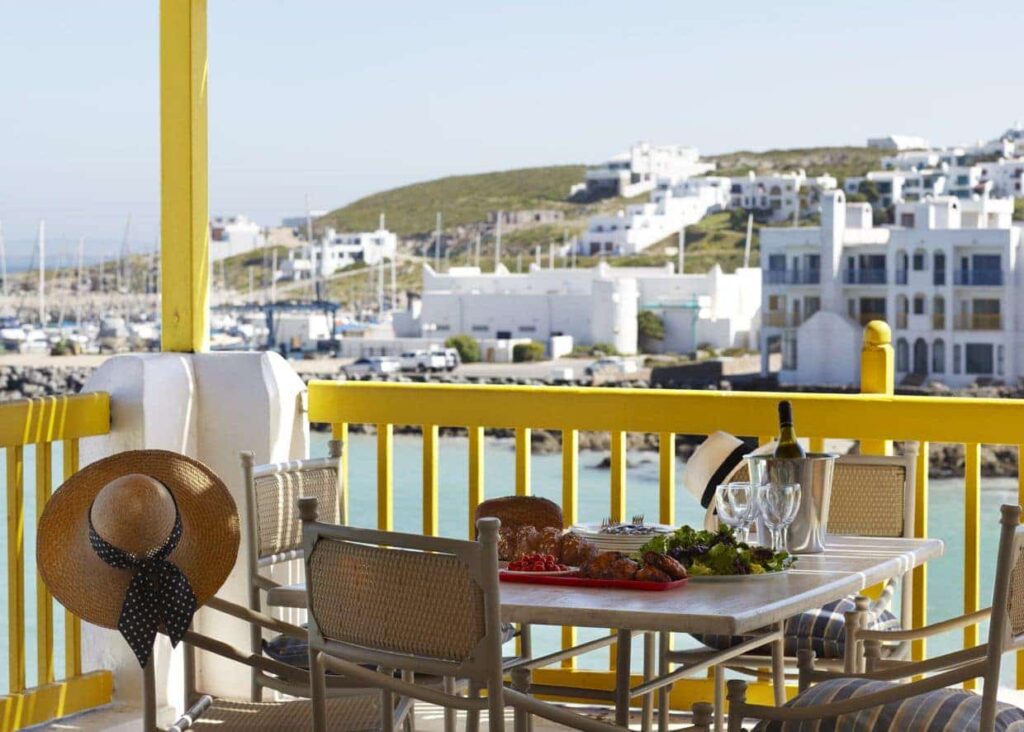
THE KAROO
The Karoo starts just an hour away from Cape Town and sprawls across the southern half of the country, so there are many options for great day trips in the area. It’s a semi-arid region, in stark contrast to the mountains and forests of the Cape. Here you’ll find quirky little towns connected by long, straight roads that stretch to the horizon over scrubland. Sheep graze on the stubs of grass and small koppies (hills) rise now and then from the landscape. There’s the iconic Ronnies Sex Shop—the self-proclaimed “oddest pub in Africa” that was formerly just “Ronnie’s Shop” before it hilariously gained its fame after someone graffitied the adjective onto the signboard. Prince Albert is a an artsy and historic little town tucked behind the majestic Swartberg pass, which makes a perfect escape from the city.
A highlight of the Karoo area is Aquila Private Game Reserve. It’s the only place near Cape Town where you can go on safari and see the Big Five. Go on a half-day or full-day safari and come face-to-face with lions and leopards, or the enormous, majestic African elephants. A full day tour includes a buffet breakfast and lunch, and a stop at one of the breathtaking swimming pools to take a dip and cool off in the wilderness.
Distance: 1-6 hours, depending where you go
Highlights: See the big five, explore historic towns, get in touch with the real, rugged side of South Africa
Stay over: Aquila Private Game Reserve

CAPE POINT
Cape Point has got to be one of the world’s most beautiful promontories, with its cliffs rising high above the waves that crash at its base. The scenery from here is truly magical, with endless views of the ocean. Seabirds nest in the cliffs high above turquoise waters, and tiny hidden beaches are tucked into private alcoves. You’ll spot the famous dassies (rock hyrax), along with other small animals, and can take the Cape Point The Flying Dutchman Funicular to the top lighthouse for panoramic views that look like something from a postcard. The Parks Shop sells unique locally-made fynbos body products.
On the way, you’ll travel along the False Bay Coast, a stretch of beach-side suburbs like Kalk Bay, where you’ll find innumerable bars and restaurants as well as little antique shops and art galleries. You’ll also pass Simon’s Town, where you can get up close to the African penguin colony at Boulders Beach and take a dip with the creatures. All of these neighbourhoods make perfect day trips from Cape Town.
Distance: 1 hour from Cape Town
Highlights: See the penguins, stunning scenery, restaurants, beaches
Stay over: Cape of Good Hope cottages
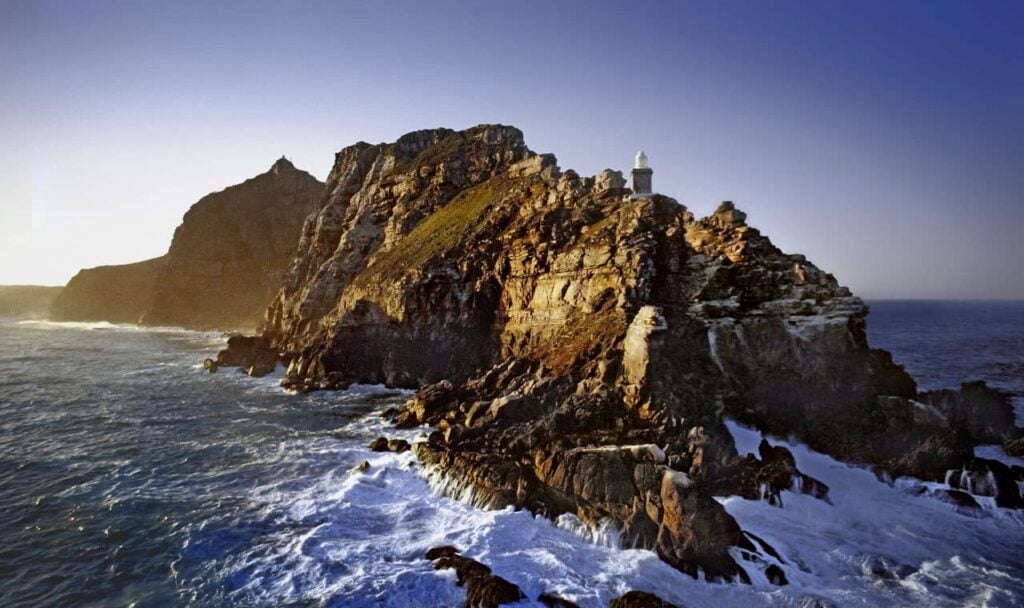
THE WINELANDS
One of Western Cape’s biggest attractions is its fine wine. There are plenty of day trips you could choose from, including the Stellenbosch Wine Route, Helderberg Wine Route, The Durbanville Wine Route, and the Constantia Wine Route, only 20 minutes from the city. Our favourite way to experience the Winelands is aboard the Franschhoek Wine Tram, which transports you between some of the Franschhoek area’s finest wine estates, and nobody has to get behind the wheel. You can even connect with it by taking the City Sightseeing bus from the V&A Waterfront.
Distance: 1 hour from Cape Town
Highlights: Wine, wine, wine!
Stay over: There are loads of B&B’s, lodges, and guest houses to stay at. Take your pick!
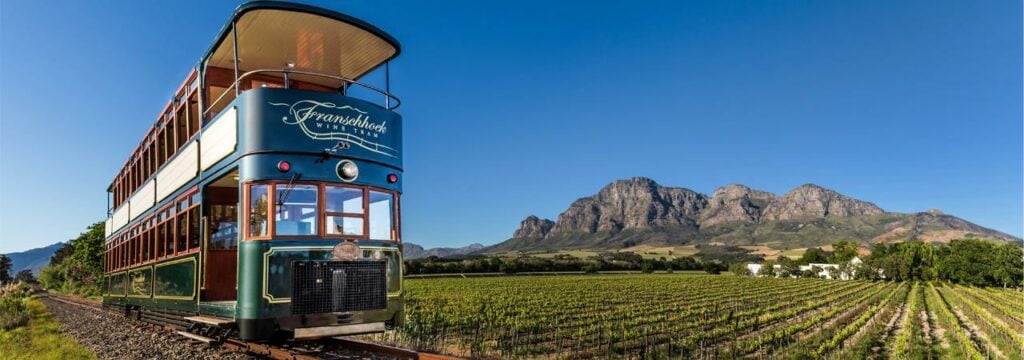
THE WHALE ROUTE
The Whale Route takes in some spectacular scenery and some really nice little towns, perfect for day trips. Of course, it’s best to go during whale season, between June and November. Hermanus is the go-to place to see whales, and they host an annual Whale Festival in peak season. The town has gorgeous beaches and many simple but tasty seafood restaurants. There’s a rich history showcased in lovely museums, along with nature reserves with spectacular walking trails overlooking the sea.
On the way there, stop over at the southernmost point of Africa, Cape Agulhas, where there are beautiful coastal rockpools and a brilliant sea view.
Distance: 2 hours from Cape Town
Highlights: The southernmost tip of Africa, whale watching, seafood
Stay over: There are many options along the entire coast.
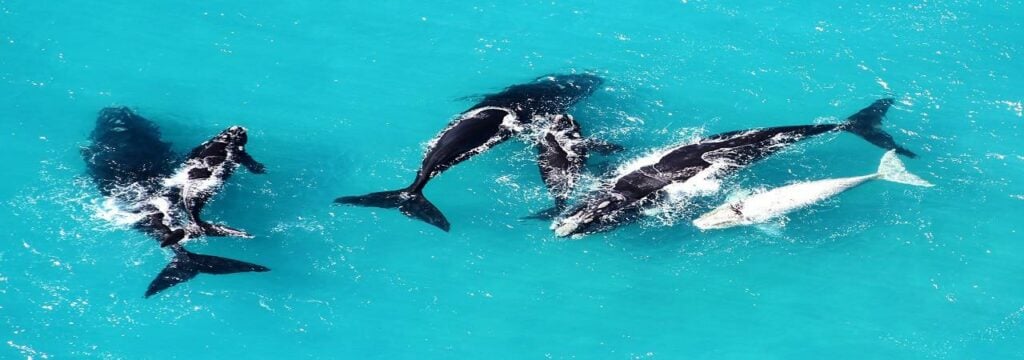
Planning a trip to Cape Town? Book flights, browse accommodation, and rent a car now to get the best rates. The Cape Town City Pass gives you access to over 70 of the top Cape Town attractions, tours, and things to see and do, including the popular hop on hop off City Sightseeing bus.
